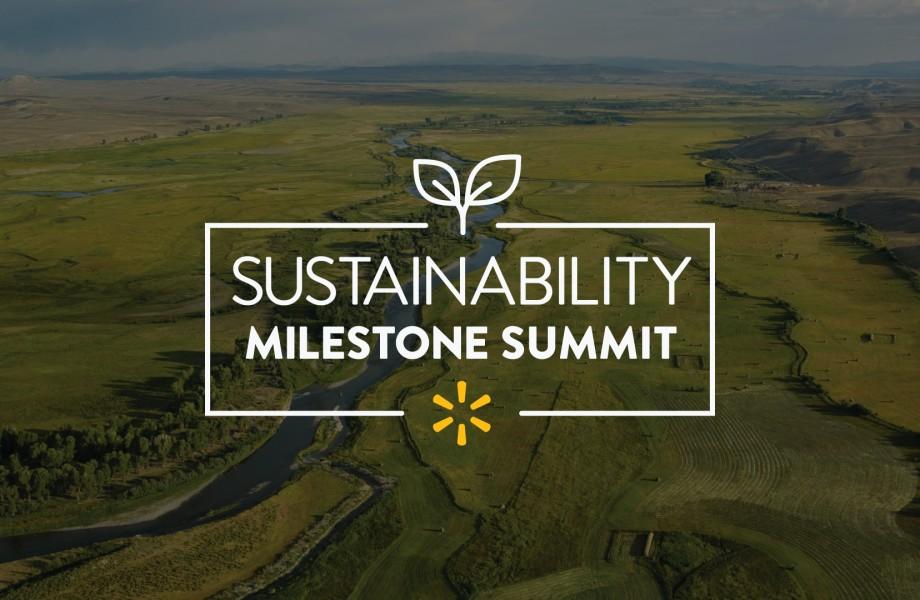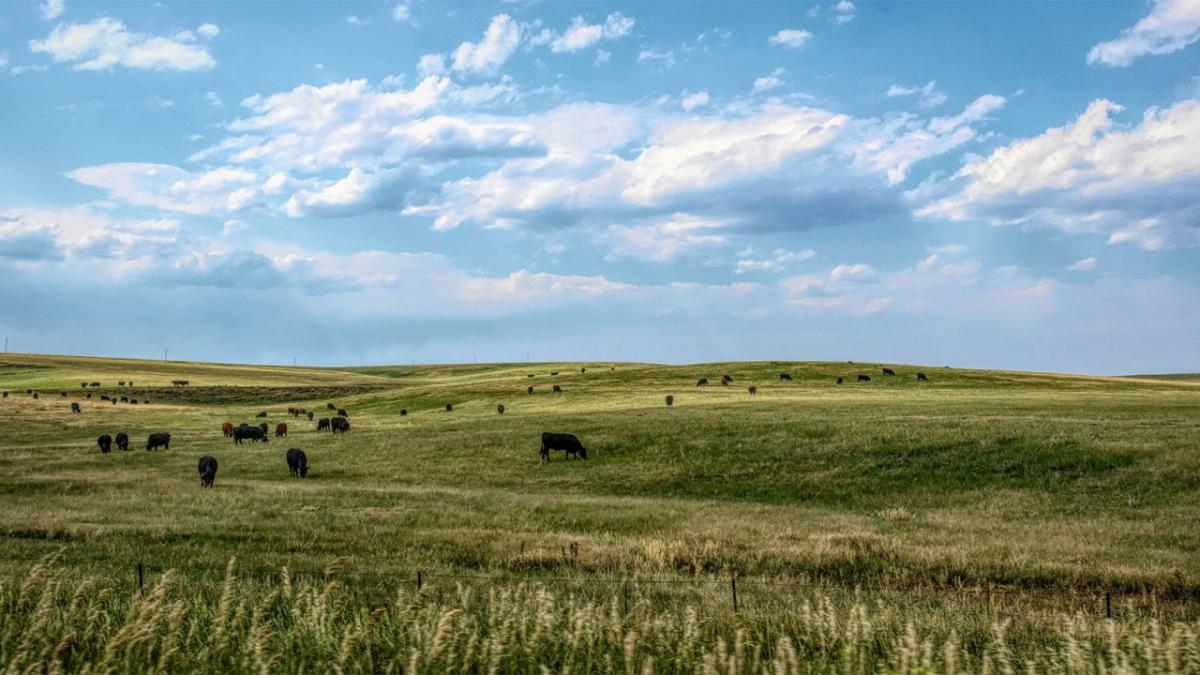Accelerating Regeneration for a Decade of Action
By Jane Ewing, Senior Vice President, Sustainability, Walmart
Originally published by Walmart on October 6, 2022
When Walmart set a goal to become a regenerative company in 2020, we knew that even if we did not have a clear roadmap for every issue, it was our responsibility to set a vision for the kind of future we wanted to help drive. Our commitment was also meant to serve as a loud call to action for all our stakeholders—as collaboration, behavior change, innovation and a shared vision are all essential to achieving this transformative shift.
Two years in, we're asking: What does regeneration look like? How does it shape the way we respond to a changing climate, nature loss, the colossal issue of waste or the challenge of ensuring people in supply chains can work with dignity? And what role can strategic philanthropy play in driving systems change?
At Walmart, regeneration means having a lasting, net-positive impact on people and the planet through our products, services and business practices. We aim to do this by renewing, restoring and replenishing our social and environmental systems, pursuing more sustainable practices, strengthening communities, generating economic opportunity and conducting ourselves with ethics and integrity. As a critical part of this journey, our sustainability efforts are designed to drive regenerative practices in agriculture, forest and fisheries management; eliminate waste along the product supply chain; decarbonize our operations and promote the dignity of people in our supply chain.
"Our job is to design everything that we do in a way that the path of least resistance is the more sustainable or regenerative approach."
Doug McMillon, President and CEO, Walmart Inc.
This week at our annual Sustainability Milestone Summit we celebrated almost 20 years since we embarked on our sustainability journey and two years since our commitment to pursue regeneration - here is a glimpse into where we are today.
Zero emissions energy and transportation
Through innovations in energy and transportation, we're striving to power 100% of our global operations with renewable sources of energy by 2035 and achieve our overall goal of zero emissions across global operations by 2040. Here are a few examples of our progress:
- In July of 2022, Walmart made a commitment to purchase 4,500 all-electric delivery vehicles from Canoo for delivering online orders with zero emissions.
- In 2021, an estimated 46% of Walmart's global electricity needs were supplied by renewable sources.1
Nature-based solutions
From tuna to rice we are using place-based nature solutions to protect, restore and more sustainably manage landscapes and seascapes.
- In collaboration with The Nature Conservancy (TNC) and the Republic of Marshall Islands (RMI), Walmart’s Great Value tuna is now sourced from Pacific Island Tuna, with much of the profits returned to local communities for social and environmental initiatives.
- One million acres in the Northern Great Plains are being protected through an improved soil health initiative in collaboration with Northern Great Plains cattle ranchers, WWF and the Walmart Foundation.
- Since 2020, 16 ranches have joined.
- 150,000+ acres have enrolled in sustainable management.
- Avoiding at least an estimated 3.24 metric tons of emissions.
Breaking the link between consumption and waste
Creating a circular economy requires redesigning a system that breaks the link between consumption and waste.
- We’re on the road to building a circular economy, striving to achieve zero operational waste by 2025. Globally, we diverted 78% of operational waste from landfills and incineration in 2021.
- Walmart launched the Circular Connector as a first-of-its-kind platform to match circular packaging solutions with the manufacturers that need them the most—as of Sept. 30, 2022, we had already received 165 submissions.
- With a grant from Walmart Foundation, nonprofit Delterra will make Plastic IQ, a powerful tool used to measure a product’s dependence on plastic, available now to companies in Central America as well.
Advancing supplier sustainability & diversity
We’re expanding our supplier base by creating economic opportunities for diverse suppliers and smallholder farmers.
- Through Project Gigaton™—Walmart’s initiative to reduce or avoid one billion metric tons of emission from the global value chain by 2030—we are engaging over 4,500 suppliers on taking measurable action across climate, nature and waste. This year, we crossed the halfway mark toward our goal with suppliers reporting more than 574 million metric tons of emissions reduced or avoided globally.
- Since 2017, the Walmart Foundation has granted more than $67 million to benefit smallholder producers in Central America, India and Mexico:
- 730,000 smallholder farmers supported so far.
- More than 44% of farmers are women.
Partners in regeneration
As we continue to advance these efforts, we're keeping our focus firmly on accelerating progress, in collaboration with our associates, customers, suppliers, producers and NGO leaders. We recognize the gravity of the decade we are in and the work is far from done —while some of this work is operational, much of it will depend on changing habits built over generations and will require each of us to come together. Together, we will continue raising our ambition, clarifying our roadmaps, piloting solutions and keeping our foot on the pedal.
Join us – and let’s make this decade of action count.
1. The percentage of energy that is estimated to come from renewable sources considers energy generated by active renewable and low-carbon projects. It considers the combined contribution of power generated from on-site and off-site projects as well as renewable energy generation feeding into the grids where Walmart facilities are located. The estimate does not include energy data for our Flipkart business, which is expected to have a negligible impact on the percentage reported.





